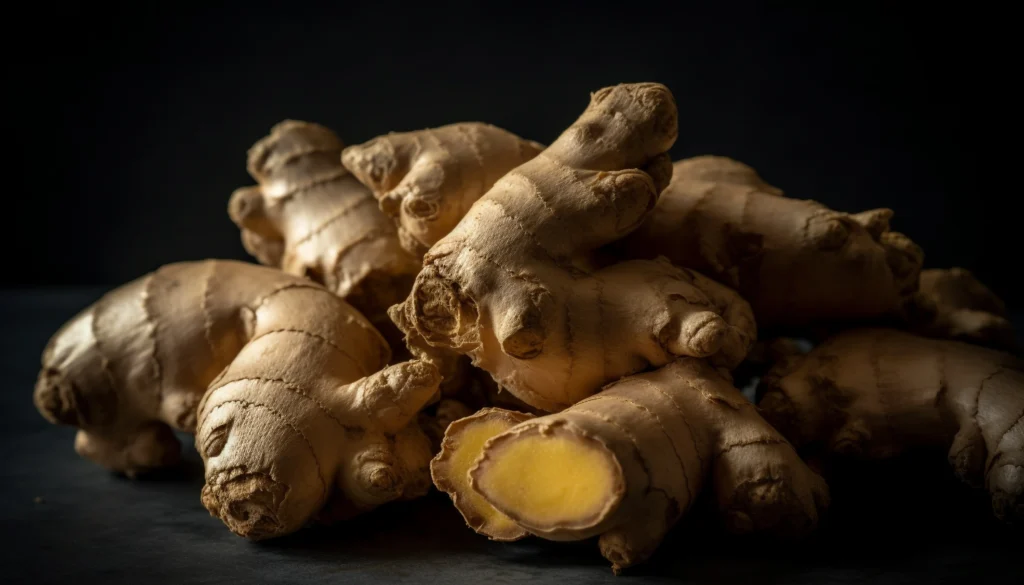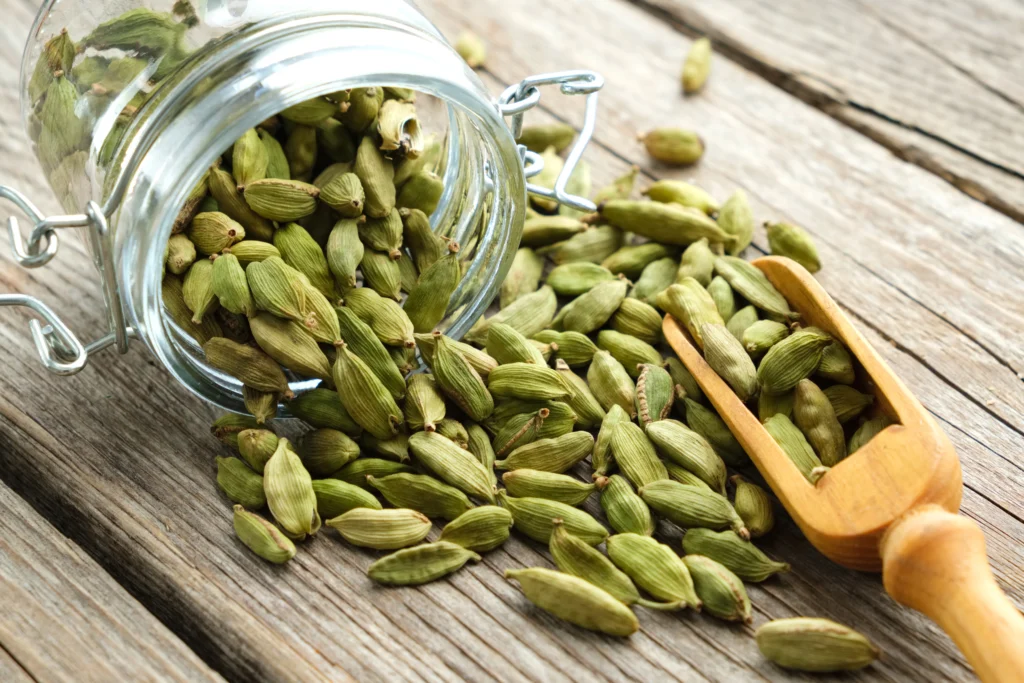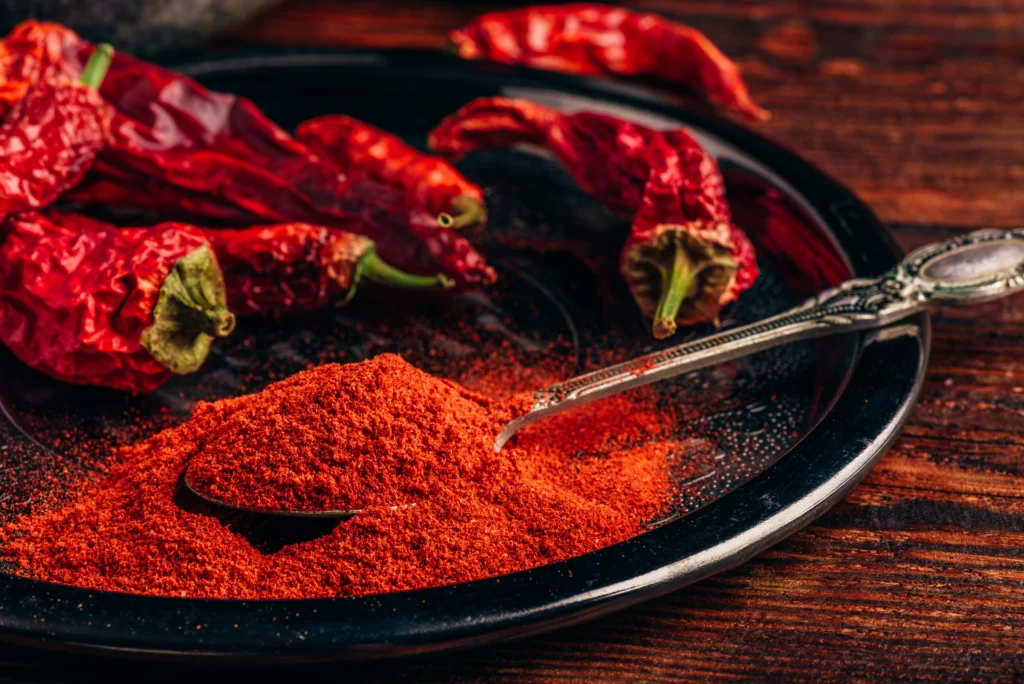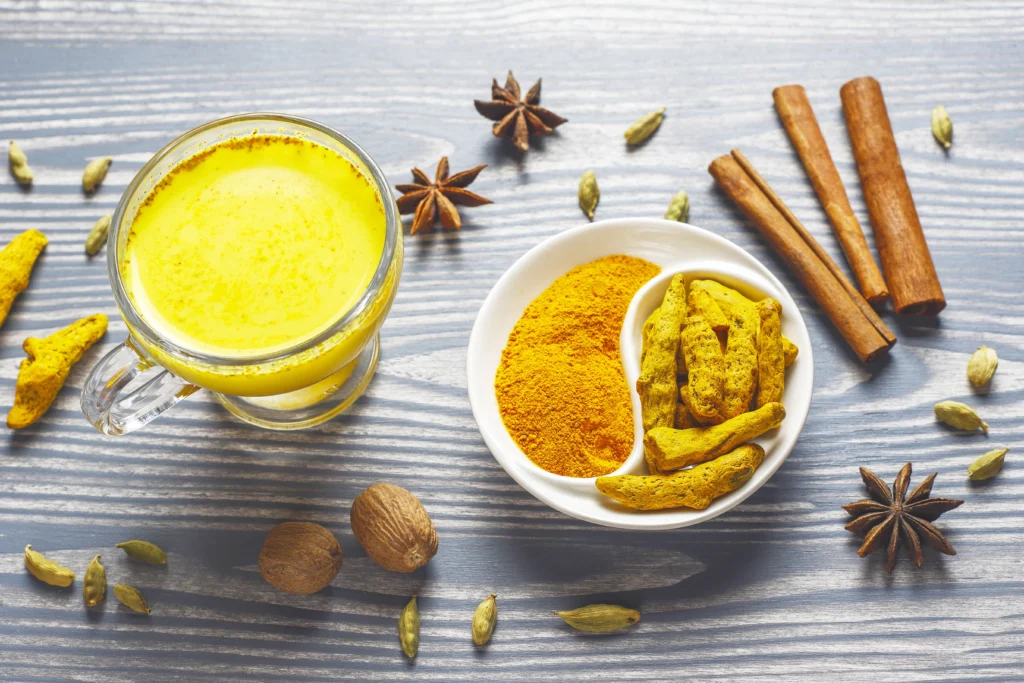Ginger, a widely used spice and medicinal root, has played a vital role in agriculture, cuisine, and health systems across the globe. With its origins deeply rooted in South Asia, ginger has become a major export crop for countries like India, which has emerged as one of the world’s leading producers and suppliers. However, like most agricultural commodities, ginger is significantly impacted by changing weather patterns and climate conditions. From its cultivation to its processing and eventual export, every stage is influenced by climatic variables such as rainfall, temperature, humidity, and seasonal fluctuations.
In this blog, we explore the influence of weather on ginger cultivation, how it shapes the global supply chain, and the challenges and opportunities it creates for a ginger exporter from India.
Climate Requirements for Growing Ginger
To understand how weather impacts ginger, it is important to grasp the climatic conditions the plant requires for optimal growth. Ginger is a tropical plant that thrives in warm, humid climates. It requires
- A temperature range of 24°C to 30°C
- Moderate to heavy rainfall between 1500 mm and 3000 mm annually
- Well-drained loamy soil rich in organic matter
- Partial to full sunlight with shaded conditions in the early stages
Given these requirements, any deviations from the ideal climate—whether it’s excessive heat, drought, or unseasonal rain—can hinder the development of ginger rhizomes and affect overall yields.
India’s Role in Global Ginger Production
India is a dominant force in the global ginger market, both in terms of volume and variety. It is not only the largest producer of ginger in India but also among the top producers globally. States like Kerala, Karnataka, Meghalaya, Sikkim, and Odisha are known for their extensive ginger cultivation. With its vast geographical diversity and tropical weather, the country provides ideal conditions for ginger farming.
Farmers across India cultivate ginger not just for domestic consumption but also for export. India exports a wide range of ginger products, including fresh ginger, dry ginger, ginger powder, ginger oil, and preserved ginger, catering to international markets in Europe, the Middle East, and Southeast Asia. The demand for Indian ginger, particularly organic and high-curcumin varieties, continues to rise, making the role of weather in production all the more crucial for a ginger exporter from India.
Impact of Weather on Ginger Yield and Quality
1. Rainfall and Waterlogging
While ginger needs a good amount of rainfall for optimal growth, excessive rain can be detrimental. Unseasonal and heavy rainfall can lead to waterlogging, which in turn causes root rot—a serious problem that can destroy entire crops. In low-lying areas with poor drainage, standing water can also attract pests and fungal infections that damage the rhizome.
The timing of rainfall is equally important. During the early growth phase, consistent moisture is essential for sprouting. However, too much rain during the harvesting period can delay drying and processing, affecting the quality of ginger products such as dried ginger or ginger powder.
2. Temperature Extremes
Temperature fluctuations directly affect the physiological development of the ginger plant. A significant drop in temperature or exposure to frost can kill young ginger shoots, especially in higher altitude regions like Sikkim and Himachal Pradesh. On the other hand, extremely high temperatures can lead to stunted growth, poor rhizome development, and reduced oil content—an essential parameter for quality assessment in ginger products.
Climate change-induced heatwaves and prolonged dry spells have increasingly been recorded in India, which threaten the long-term sustainability of ginger cultivation in traditional growing areas.
3. Delayed Monsoons
In India, the arrival of the southwest monsoon marks the beginning of the ginger planting season. Any delay in monsoon onset forces farmers to either delay planting or rely on irrigation, increasing costs. If planting is postponed beyond the optimal window, the rhizomes do not mature in time for harvesting, affecting both quantity and quality. For a ginger exporter from India, this delay can result in late shipments, affecting export commitments and client relationships, especially with ginger powder buyers who rely on timely supply chains.
Effects on Processing and Export
Apart from cultivation, weather also affects post-harvest handling and processing. Once ginger is harvested, it needs to be dried thoroughly before being converted into various ginger products like flakes, powder, and oil. High humidity or unexpected rain during this drying phase can cause microbial contamination, mold growth, and discoloration, rendering the produce unsuitable for export.
Exporters also face logistical challenges due to adverse weather. Ports in India, particularly on the eastern coast, are susceptible to cyclones and storms that disrupt shipping schedules. Additionally, heavy rains and flooding in interior regions can block transportation routes, delaying delivery of raw material to processing centers.
These disruptions not only raise costs but also affect the reputation of a ginger exporter from India in the highly competitive global spice market.
Impact on Export Revenue and Trade Relations
For a country like India, where agriculture remains a key economic driver, weather-related crop losses directly impact GDP and foreign exchange earnings. The volatility in ginger supply leads to fluctuations in pricing, affecting long-term contracts with international ginger powder buyers and importers.
Ginger exporters who fail to deliver as per schedule may lose market share to competitors like China, Nigeria, or Thailand, especially when those countries experience more stable growing conditions. Furthermore, poor-quality produce due to erratic weather can lead to rejection at import ports, adding financial losses and damaging business relationships.
Adaptation Strategies in the Face of Climate Change
Recognizing the growing impact of weather on ginger farming, several Indian agricultural bodies and exporters are taking steps to mitigate risks. Some of these strategies include
- Introducing weather-resistant ginger varieties through R&D.
- Training farmers on water conservation and organic farming practices.
- Using shade nets and polyhouses to regulate temperature and humidity.
- Improving storage and drying infrastructure to handle high humidity.
- Leveraging weather prediction tools to plan sowing and harvesting better.
For those entering the trade, exploring dry ginger export from India alongside fresh ginger ensures consistent supply and better margins, while meeting the strict demands of international buyers.
Rising Demand for Indian Ginger Products
Despite weather challenges, Indian ginger continues to be in high demand globally. The rise in natural and organic wellness trends, especially after the COVID-19 pandemic, has led to increased consumption of ginger-based products for immunity boosting, digestion, and inflammation control. As a result, ginger powder buyers from the U.S., Europe, and the Middle East are placing larger orders and demanding traceability, quality certifications, and timely delivery.
The resilience of Indian farmers and exporters in the face of erratic weather conditions has kept India at the forefront. The country is not only the largest producer of ginger in India but is also working toward maintaining its export strength through innovation, infrastructure development, and sustainable farming practices.
Conclusion
The relationship between weather and ginger production is both delicate and complex. While India continues to be a global leader in the ginger trade, its position depends heavily on favorable weather conditions. With the increasing unpredictability of climate, both farmers and exporters must adopt adaptive strategies to ensure resilience in the face of change.
For every ginger exporter from India, understanding the nuances of how climate affects yield, quality, and logistics is key to maintaining a robust supply chain. Whether it’s managing expectations of international ginger powder buyers or preserving India’s reputation as the largest producer of ginger in India, weather remains a central and ever-changing variable in the success story of ginger in India.




